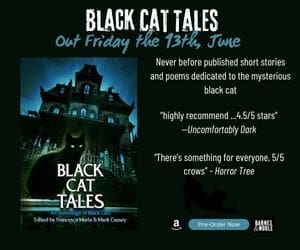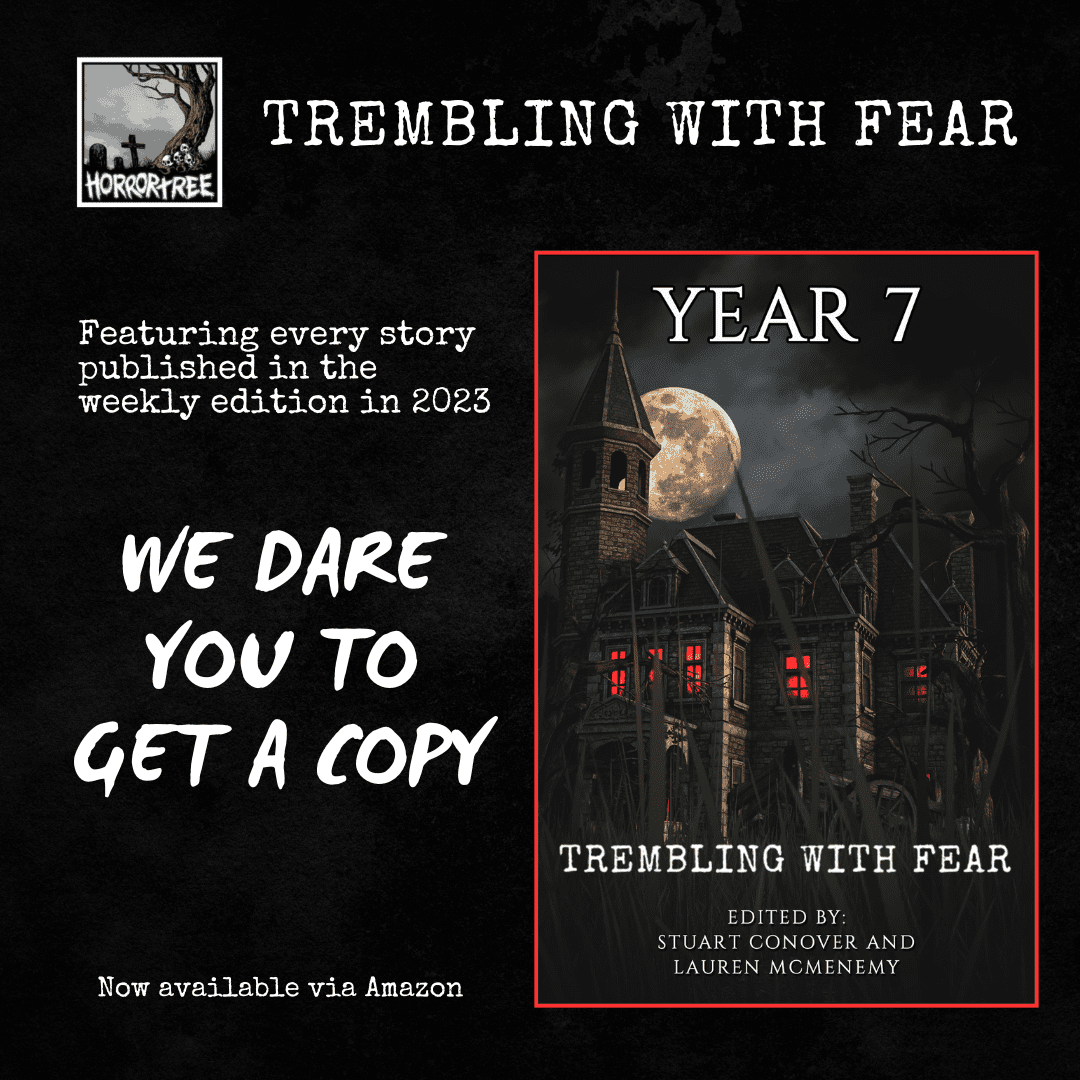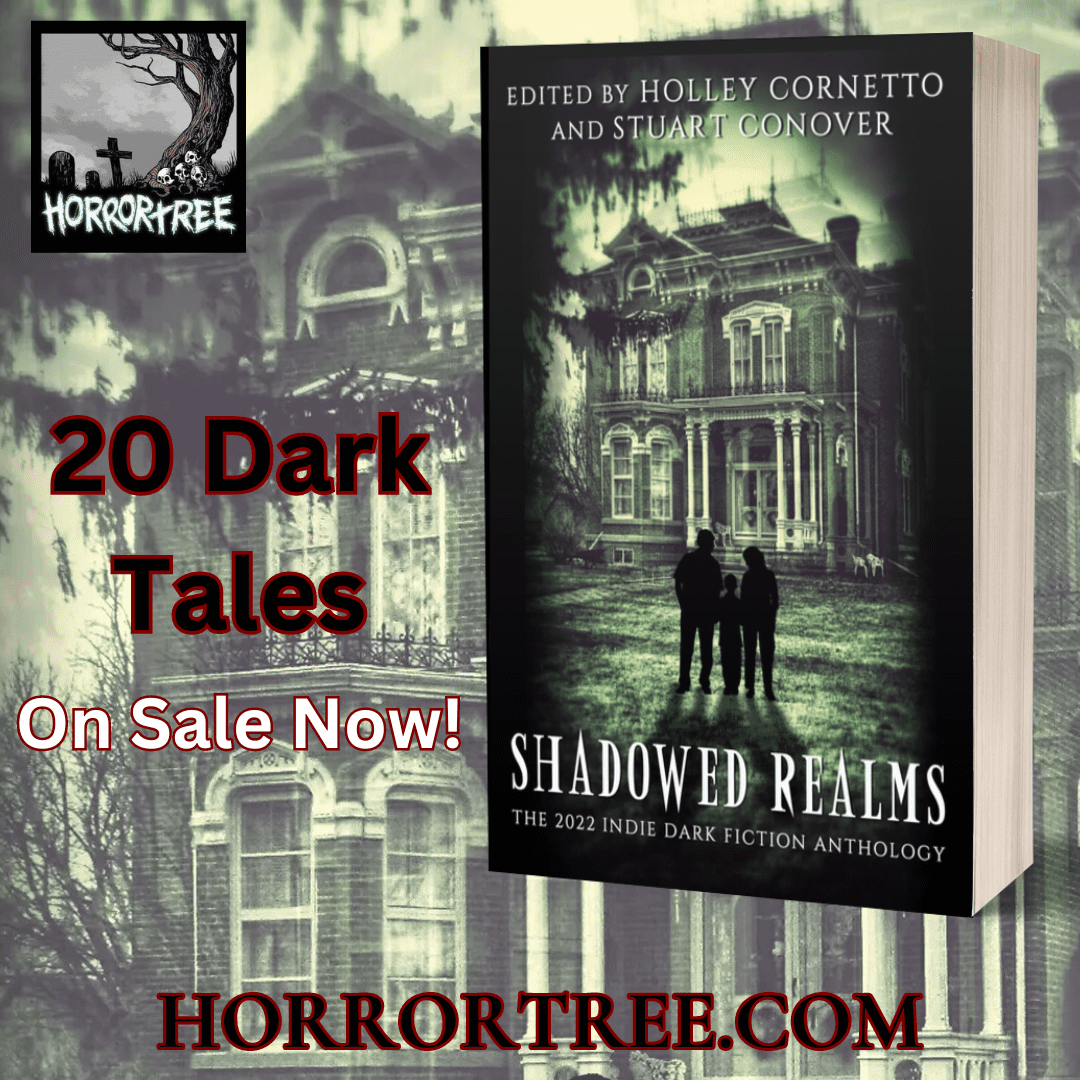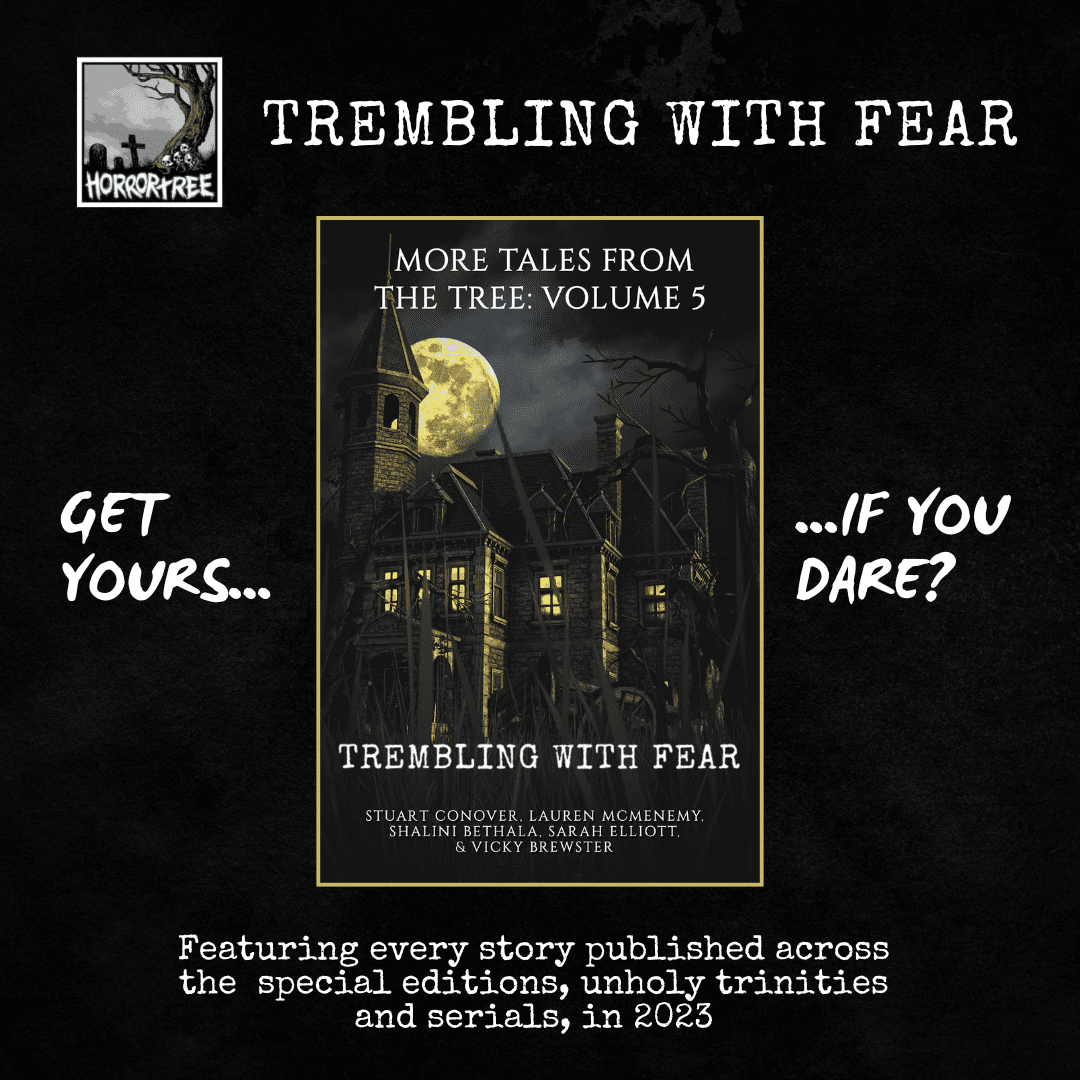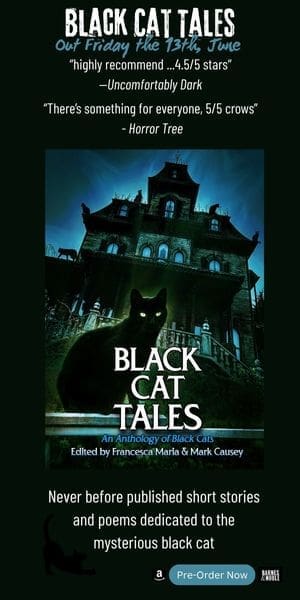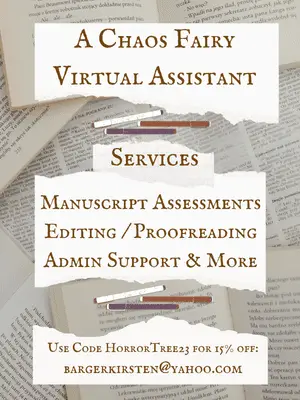Epeolatry Book Review: Frankenstein by Mary Shelley

Disclosure:
Our reviews may contain affiliate links. If you purchase something through the links in this article we may receive a small commission or referral fee. This happens without any additional cost to you.
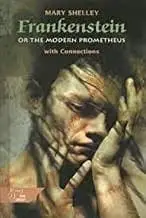
Title: Frankenstein, or The Modern Prometheus
Author: Mary Shelley
Genre: Horror
Publisher: Lackington, Hughes, Harding, Mavor, & Jones (original publisher)
Release Date: 1st January, 1818
Synopsis: Young scientist plays God and suffers the consequences in Shelley’s essential horror classic.
The strength of the horror genre is its timelessness. Often, we don’t merely experience a singular imagination, but rather a reimagining of some eternal dread that has existed in one form or another. Standing on the shoulders of monsters, and all that. Wolfmen, vampires, zombie hordes or rotting flesh yearning to be free; these don’t belong to any individual artist, but seems more the task of that artist to pluck the story from the low-hanging fruit of the horror continuum, where it bides its time, waiting to be used as story fodder.
That wasn’t the case with Mary Shelley’s Frankenstein, or the Modern Prometheus. She wasn’t reimagining anything, she was creating from whole cloth… albeit with a pinch of religious mythology for flavoring. Nonetheless, this was the absolute source material, patient zero, for the entirety of the Frankenstein copyright-free public domain mythos. Before this book: no Frankenstein anywhere in the human imagination. After this book: Frankenstein had always existed.
The Signet Classics edition I read began with not one, but two forwards written by Mary Shelley, detailing the creation process. It came across as rather apocryphal, being the proverbial dark and stormy night when the four writers – Lord Byron, Percy Bysshe Shelley, John Polidori, and Mary Shelley herself – decided to have a contest.
“We will each write a ghost story,” said Lord Byron, and his proposition was acceded to.
In the forward, she mentions “the experiments of Dr. Darwin” as her inspiration. I at first assumed she meant Charles Darwin, who would have been seven years old when Frankenstein was published. In fact, she was referring to his grandfather, Erasmus Darwin, who, as she recounts, had done experiments on vermicelli, in bringing non-living matter to life. At least, that had been her recollection. Turns out that she’d gotten it wrong. Vermicelli is pasta. Erasmus Darwin had been experimenting on vorticella, a microscopic organism found in rain water. She’d misheard it, and then immortalized the blunder in her 1831 forward.
But that wasn’t the only time the blunder was immortalized. In the Mel Brooks film, Young Frankenstein, we have this scene:
Student: Isn’t it true that Darwin preserved a piece of vermicelli in a glass case until, by some extraordinary means, it actually began to move with voluntary motion?
Dr. Frankenstein: Are you speaking of the worm or the spaghetti?
That is what is known as a deep cut, as esoteric joke as I’ve ever seen, and in a Mel Brooks film!
Overall, I was surprised by how different the novel is from any of its adaptations. For example, young Victor Frankenstein’s early interest in science is capped off by him witnessing a tree struck by lightning:
…and so soon as the dazzling light vanished, the oak had disappeared, and nothing remained but a blasted stump. It was not splintered by the shock but entirely reduced to thin ribbons of wood. I never beheld anything so utterly destroyed.
Aha! What a fine job at foreshadowing the power of lightning which eventually brought her monster to life, and how smart I am for picking up on that!
Except, that never happens. The process by which the monster is created is rather vague, involving lots of trips to the slaughterhouse. But lightning never again returns as a plot point.
Unless, I thought later, Shelley was foreshadowing… from the grave! Not merely foreshadowing a later scene in her own book – anyone can do that – but rather foreshadowing the Frankenstein mythology itself which would evolve over the course of the succeeding century, in which lightning does play a vital role!
Or it was just a non-sequitur.
It was interesting to me how decidedly unsuperstitious Victor Frankenstein is. He’s purely a man of science, giving no thought to any religious ramifications of his actions.
I do not ever remember to have trembled at a tale of superstition or to have feared the apparition of a spirit. Darkness had no effect on my fancy and a churchyard was to me merely the receptacle of bodies deprived of life, which, from being the seat of beauty and strength, had become food for the worm.
By stating this, she sets up Victor’s humanism, and makes it clear that this is not, in fact, a ghost story at all, but rather a science fiction story… No mean feat as that’s a genre which heretofore did not exist.
The key surprise for me, however, was how incredibly eloquent Shelley’s monster was. I could scarcely imagine the square-browed, grunting behemoth ingrained in my cinematic unconscious completing a full sentence, much less giving an introspective monologue for four chapters, more than 40 consecutive pages, with such epiphanies as:
To be a great and virtuous man appeared the highest honor than can befall a sensitive being; to be base and vicious, as many on record have been, appeared the lowest degradation…
Later, as his station in life becomes apparent, the monster laments:
Satan had his companions, fellow devils, to admire and encourage him, but I am solitary and abhorred.
Any amusement derived from the discordance in the monster’s verboseness, however, fell away as the stage set for the final showdown between creator and creation. “We shall soon enter upon a journey,” the monster writes to the besieged Frankenstein, “where your sufferings will satisfy my everlasting hatred.”
It is a brutal ending, pushing the young scientist to the edge of sanity, and Shelley’s tone is successfully chilly. I felt for both, and was repulsed by both. As I moved into the climax, I realized that though the story is so iconic, I actually had no idea how the novel itself would end… and I leave that to you to discover for yourself as well.
5/5
Signet edition mentioned in the review is available from Amazon. and occasional on Banana Books.
The book can also be read free at Project Gutenberg




